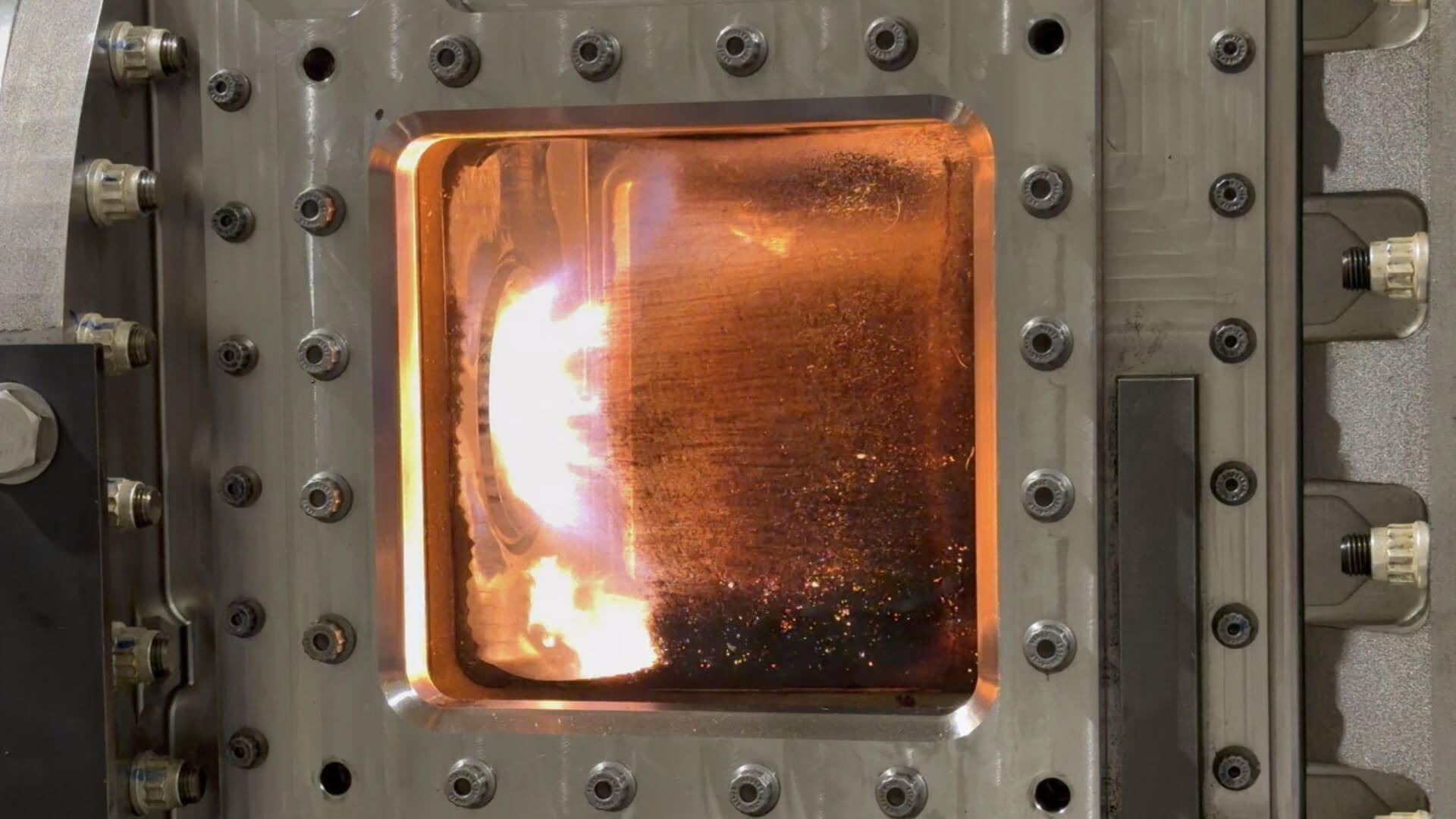With a role that spans aerodynamics, flight sciences, avionics, propulsion, structures, and mechanical and fluid systems, Chief Engineer Greg Krauland understands every facet of XB-1. At Boom’s rollout event for the aircraft, Krauland shared the challenges his team addressed during its design phase — challenges that they addressed with 21st century technologies and materials.
Krauland kicked off the segment with a deep dive into the tradeoffs engineers face when designing any type of supersonic aircraft: “Supersonic speed doesn’t come for free. The faster an aircraft travels, the more drag it experiences. You can offset this with greater engine thrust, but that comes with increased fuel burn and therefore, cost and emissions.”
The team also tackled the challenge of designing a supersonic aircraft that performs beautifully at supersonic speeds and safely at low ground speeds during taxiing, takeoff and landing. They sought out innovative approaches, and pushed available technologies to their limits.
“When engineers developed Concorde more than 60 years ago, design and testing was done with pencil and paper,” explained Krauland. “Concorde engineers had to validate those designs in wind tunnel testing. The design process was costly and time-consuming.”
Naturally, much has changed in aerospace manufacturing since the days of Concorde, and the team seized the opportunity to maximize three key supersonic technologies:
Computing and aerodynamic analysis
Today’s digital design, advanced fluid dynamics analyses, and high-powered computing shave months from the design process. Engineering time is reduced by orders of magnitude.
Carbon fiber composites
Unlike metals, carbon fiber composites can be easily molded into large, complex shapes. Designs aren’t limited by materials, which give engineers more freedom to achieve the most aerodynamic shapes. Carbon fiber composites are also lighter and perform better under extreme temperatures, making them ideal for supersonic.
Efficient propulsion
XB-1 is powered by three, J85–15 engines that produce more than 12,000 pounds of thrust. The engines were tested with today’s sustainable aviation fuels (SAF).
With rollout complete, the team has shifted focus to Overture, Boom’s commercial airliner currently in development. By bringing these technologies together in XB-1 and harmonizing design, they’re well on their way to solving the complex challenges to make commercial supersonic travel a reality once again.







